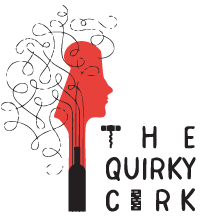Suvla; Championing Yapıncak
Turkey is home to hundreds, if not thousands of vitis vinfera grapes not found anywhere else. As with many winemaking countries some grapes are more popular than others. It is easy to find wine here made from grapes like Narince, Emir, Kalecik Karası, Öküzgözü, and Boğazkere. But Yapıncak not so much. Very few wineries work with this grape. Really only Suvla, Paşaeli, and Sevilen. Yapıncak Never heard of this grape? Not surprising. The Yapıncak grape is difficult to grow and prone to low yields even in good years. Its continued existence is down to the few winemakers who continue the struggle to cultivate it. Grown around Turkey’s Marmara sea, largely in Eceabat, Yapıncak
Read More













